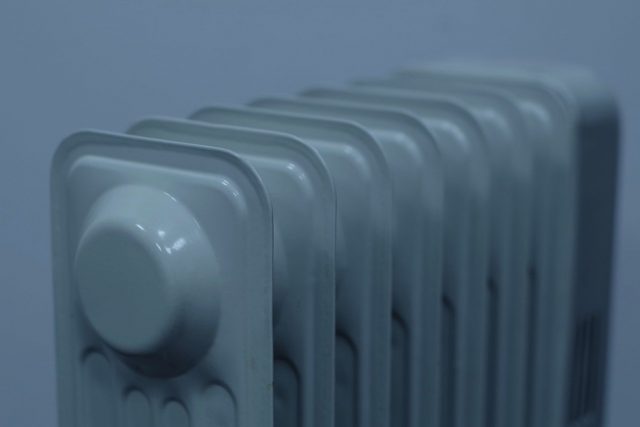
Electric radiators are nifty pieces of kit to have in the home if you can pull it off correctly. For anyone looking to lower their reliance on the central heating or improve heat output in problem areas of the home, who can you ensure things go smoothly? Well, following this advice, you should find yourself quickly getting an understanding of the how, where and why you would use electric radiators. I want to highlight how to make the most of what could be a new form of heating in your home and how to avoid mistakes with what should be a simple purchase.
Understanding when to opt for electric
As it stands, the Energy Saving Trust points out that “electric heating is one of the most expensive heating options in the UK”. This is largely down to how people use electric heating, namely those living in homes without a central heating system, i.e. reliant on storage heaters and Economy 7 heating. This is not what electric radiators are made for.
Someone would be opting for electric when they want to bolster heat output in a room, avoid any major works, or use electricity more cheaply. A dependable, smaller electric radiator can help a room hit its ideal BTU rating and finally see you with space warmed the way it should be. I highly encourage anyone who doesn’t to read up on BTU ratings for their radiators and what BTU measurements each room at home needs.
Ask yourself these questions:
- Is the room warm enough when the radiator is turned up to full?
- Do I have the budget to have the floor pulled up and pipework done?
If you answer “No” to either, there’s a good chance you will want to opt for an electric radiator in a room. But what should you be looking for when picking one?
Knowing what to look for
Before, when I mentioned Economy 7, it might have been your instinctive picture/idea of what electric radiators look like. This couldn’t be further from the truth. These days, electric radiators are designed to look exactly like other radiators in your room. Many manufacturers now pride themselves on designing electric radiators which can hide in plain sight amongst their traditional counterparts.
As an example, you can get something truly unique for your home, like these cast iron electric options. Apart from a small plug connecting the radiator to the wall, you could fool anyone into thinking a new electric radiator is exactly like the other in a room.
Knowing what to avoid
For every benefit you can have from an electric radiator, there can be downsides if you don’t know what to avoid. A common example of why this matters stems from radiator sizes in homes throughout the UK, when we look specifically downstairs. Many homes, especially older homes and those living in a two-up two-down, will often have the same size radiator in most ground floor rooms. (Take a look and see. You might be surprised!)
While that sounds ok, referring back to what I said about BTU requirements, if the rooms are differently sized, your existing radiators won’t accurately match heat output. Why is this a problem?
Well, if you decide it is time to replace an existing radiator with an electric option, you can’t go like for like in the size department. Electric radiators tend to have a slightly lower level of heat output due to how they produce and control heat. With electric radiators being independent (remember, they are a closed and isolated unit), they have to generate heat internally, unlike a traditional radiator which will wait for hot water coming from the boiler.
You want to avoid getting an electric radiator that won’t heat adequately. In rooms where you’ll still have traditional radiators but maybe not have them on as much, view the electric radiator as a complementary heating source, not a replacement.
Knowing your limits
This last tip isn’t me telling you how to avoid tripping a fuse. One undervalued positive of electric heating is that it affords you the freedom to have a radiator in unique locations, or better put, more convenient locations. Suppose you have a living room radiator that prevents you from having the sofa against the wall, or the back of the door always hits the radiator. In that case, you’ll be excited to move things around.
And while you may not be limited for options of where to hang the radiator, you don’t want to limit heat output by having a radiator too high to prevent adequate airflow. You also don’t want to be in a position where you have a grand idea for placing an electric radiator on a different wall, only to find it isn’t the right surface (remember, masonry, plaster, drywall etc. take weight differently).
Please don’t make the mistake of buying a lovely new electric radiator, only to find out there is no easy way to install it. Spend the time to research how it will work in your home before you go to buy.













